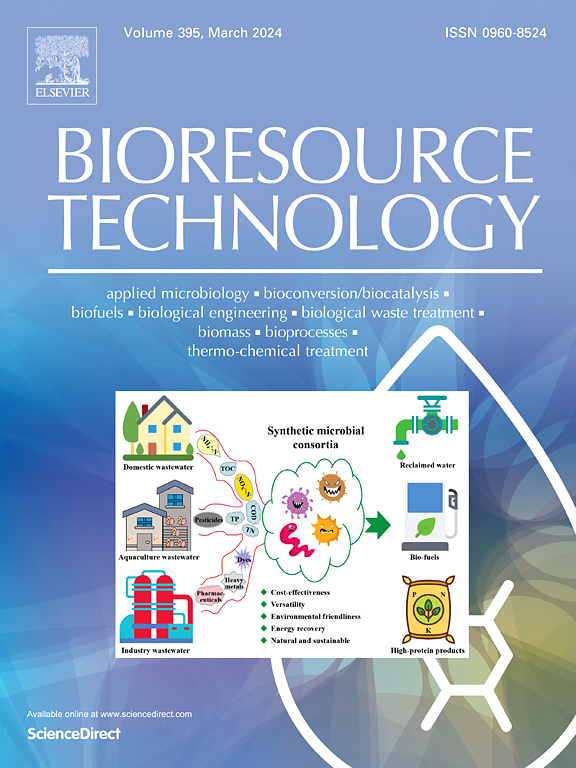污水处理厂一体化水热液化技术经济评价
IF 9.7
1区 环境科学与生态学
Q1 AGRICULTURAL ENGINEERING
引用次数: 0
摘要
本研究提供了通过水热液化(HTL)生产生物原油的技术经济分析(TEA),重点关注典型规模(10万至100万人口当量,PE)的污水处理厂(WWTPs)中的分散HTL工厂。该分析使用丹麦的一个典型的污水处理厂,其服务为150k PE,作为基本情况。Aspen Plus®中的稳态过程模拟,采用详细的动力学html模型,为TEA提供质量和能量平衡。结果表明,包括公用事业、维护和工资在内的运营费用占总成本的主导地位。处理323公斤/小时的干固体可生产94公斤/小时,最低生物原油销售价格(MBSP)为1.4欧元/公斤(1.5美元/公斤),根据工厂规模,范围为0.9至1.8欧元/公斤。典型的污泥处理信贷使超过300k PE的污水处理厂的生产成本具有竞争力。敏感性分析表明,生物原油产量、人工成本和污泥干物质含量是影响MBSP的关键因素。本文章由计算机程序翻译,如有差异,请以英文原文为准。
Technoeconomic evaluation of integrating hydrothermal liquefaction in wastewater treatment plants
This study provides a techno-economic analysis (TEA) of biocrude production via hydrothermal liquefaction (HTL), focusing on decentralized HTL plants integrated within wastewater treatment plants (WWTPs) of typical sizes (0.1 to 1.0 million population equivalents, PE). The analysis uses a typical WWTP in Denmark, serving 150 k PE, as a base case. Steady-state process simulation in Aspen Plus®, employing a detailed kinetic HTL model, provides mass and energy balances for the TEA. Results indicate that operational expenses, including utilities, maintenance, and salaries, dominate overall costs. Processing 323 kg/h of dry solids produces 94 kg/h at a minimum biocrude selling price (MBSP) of 1.4 €/kg (1.5 $/kg), with a range of 0.9 to 1.8 €/kg depending on plant size. A typical sludge handling credit enables competitive production costs for WWTPs larger than 300 k PE. Sensitivity analysis identifies biocrude yield, labor costs, and sludge dry matter content as critical factors influencing MBSP.
求助全文
通过发布文献求助,成功后即可免费获取论文全文。
去求助
来源期刊

Bioresource Technology
工程技术-能源与燃料
CiteScore
20.80
自引率
19.30%
发文量
2013
审稿时长
12 days
期刊介绍:
Bioresource Technology publishes original articles, review articles, case studies, and short communications covering the fundamentals, applications, and management of bioresource technology. The journal seeks to advance and disseminate knowledge across various areas related to biomass, biological waste treatment, bioenergy, biotransformations, bioresource systems analysis, and associated conversion or production technologies.
Topics include:
• Biofuels: liquid and gaseous biofuels production, modeling and economics
• Bioprocesses and bioproducts: biocatalysis and fermentations
• Biomass and feedstocks utilization: bioconversion of agro-industrial residues
• Environmental protection: biological waste treatment
• Thermochemical conversion of biomass: combustion, pyrolysis, gasification, catalysis.
 求助内容:
求助内容: 应助结果提醒方式:
应助结果提醒方式:


